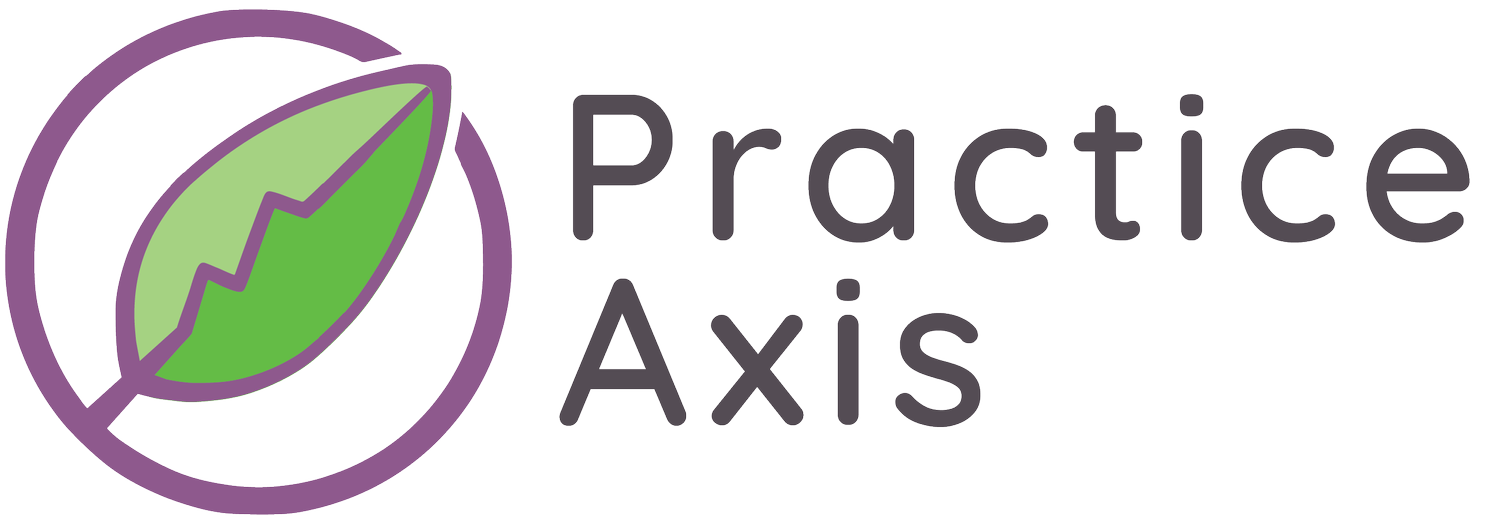From Confusion to Confidence: Elevating Accountability Through Standardization
When your intake process is a free-for-all, with steps varying depending on who interacts with the client, how do you ensure everyone's on the same page? How can you track progress, identify bottlenecks, and hold individuals responsible for their contributions? It becomes a tangled mess, leaving room for errors, missed deadlines, and ultimately, frustrated clients.
Think about it. When every step of the intake process, from initial contact to scheduling the first appointment, is clearly defined and documented, there's less room for ambiguity and missed steps. Everyone on your team, from seasoned veterans to new hires, understands their role and responsibilities. This clarity fosters a sense of ownership and accountability, ensuring each task gets completed efficiently and accurately.
Here's how a standardized intake process with clear SOPs (Standard Operating Procedures) empowers accountability:
Clear Expectations, Clear Responsibilities:
SOPs act as a roadmap, outlining the specific tasks and timelines for each intake stage. This eliminates confusion and ensures everyone knows what's expected of them. Team members can confidently navigate the process, knowing their responsibilities and how their actions contribute to the overall workflow.
Consistent Client Experience:
Standardization ensures that everyone on your team follows the same protocol from start to finish, creating a consistent experience for every client, regardless of who they interact with. This builds trust and fosters a sense of professionalism. Clients appreciate the predictability and efficiency, knowing their information is handled securely and their needs are understood from the outset.
Improved Transparency and Tracking:
With a defined process, it's easier to track progress, identify bottlenecks, and pinpoint areas for improvement. You can monitor individual and team performance, ensuring everyone is meeting their deadlines and adhering to the established protocols. This transparency fosters a culture of collaboration, accountability and continuous improvement.
Streamlined Onboarding and Scalability:
Standardized procedures make onboarding new team members a breeze. They can quickly grasp the intake process, reducing errors and ensuring consistent client interactions right from the start. This becomes even more critical as your practice scales, allowing you to seamlessly integrate new staff without compromising efficiency or client satisfaction.
Remember, a standardized intake process isn't just about efficiency; it's about building a culture of ownership, transparency, and ultimately, delivering exceptional client care. By investing in standardization, you're not just streamlining your workflow, you're empowering your team and fostering a foundation for long-term success. Ready to take the first step? Check out this quiz!


